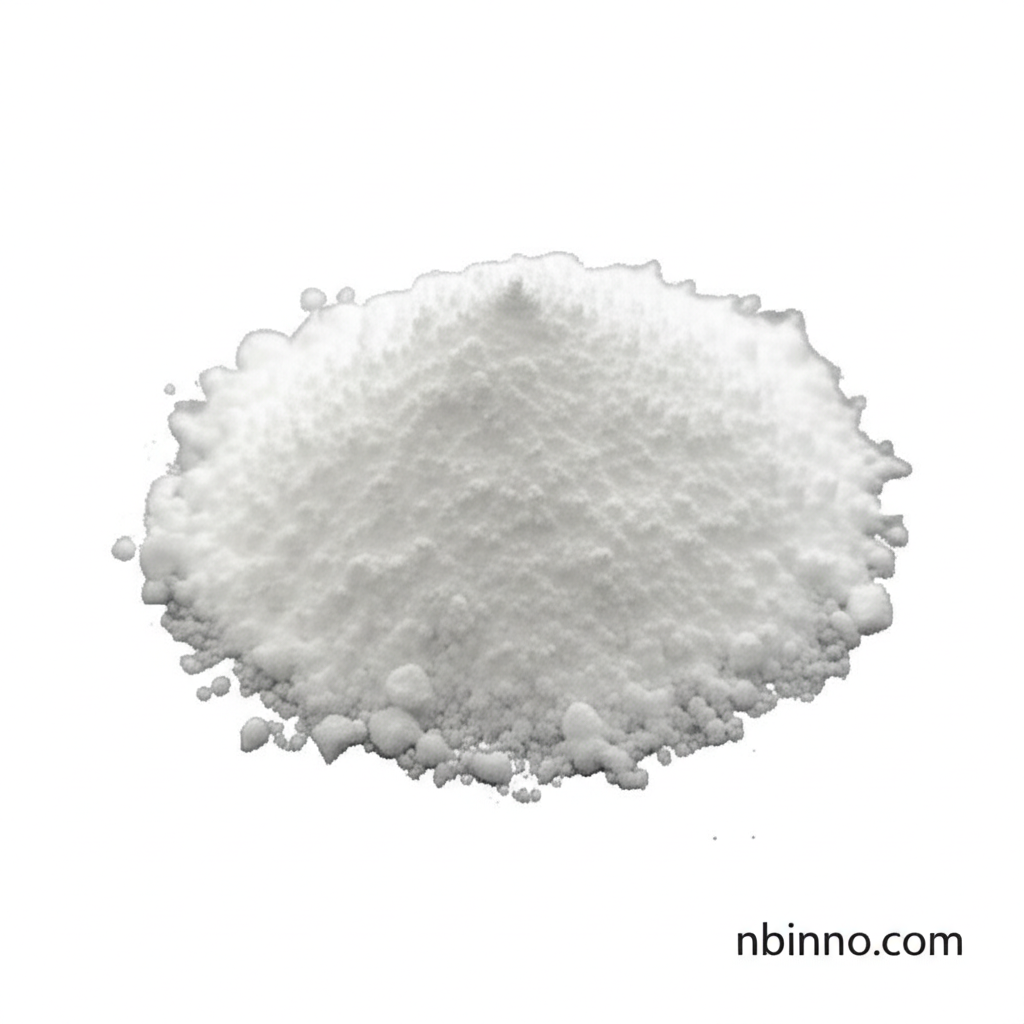2-(4-Methylphenyl)propanoic Acid: Properties, Applications, and Synthesis of a Key Pharmaceutical Intermediate
Discover the essential details of 2-(4-Methylphenyl)propanoic acid, a crucial intermediate in pharmaceutical and organic chemistry.
Get a Quote & SampleProduct Core Value

2-(4-Methylphenyl)propanoic acid
This compound, also known as Ibuprofen EP Impurity D, is a vital white powder used as an intermediate in the synthesis of pharmaceuticals and complex organic molecules. Its defined chemical structure and purity make it an indispensable building block for researchers and manufacturers.
- Understanding the synthesis of 2-(4-Methylphenyl)propanoic acid is crucial for developing high-purity Ibuprofen. This compound serves as a key reference standard.
- Explore the various applications of organic synthesis intermediates, like 2-(4-Methylphenyl)propanoic acid, in creating novel chemical entities.
- The role of CAS 938-94-3 as a pharmaceutical intermediate highlights its importance in drug development pipelines.
- Utilize this chemical building block in your research to construct complex molecular architectures efficiently.
Key Advantages
High Purity Standard
With a purity typically at 97% or higher, this compound ensures reliable results in sensitive chemical processes and analytical applications, making it a trusted reference standard for Ibuprofen.
Versatile Building Block
As a fundamental organic intermediate, its structure lends itself to a wide array of chemical transformations, facilitating the creation of diverse compounds for research and industry.
Critical for Pharmaceutical Quality
Its designation as Ibuprofen EP Impurity D underscores its importance in pharmaceutical quality control and the synthesis of active pharmaceutical ingredients (APIs).
Key Applications
Pharmaceutical Intermediates
This compound is extensively used as an intermediate in the synthesis of various pharmaceutical agents, contributing to the development of new drugs and therapies.
Organic Synthesis
Its reactive functional groups make it a versatile tool for organic chemists, enabling complex molecular constructions and pathway exploration.
Reference Standards
Serving as a reference standard, particularly for Ibuprofen impurity analysis, it is critical for maintaining product quality and regulatory compliance.
Chemical Research
Researchers utilize this chemical building block in academic and industrial settings to explore new chemical reactions and discover novel materials.
